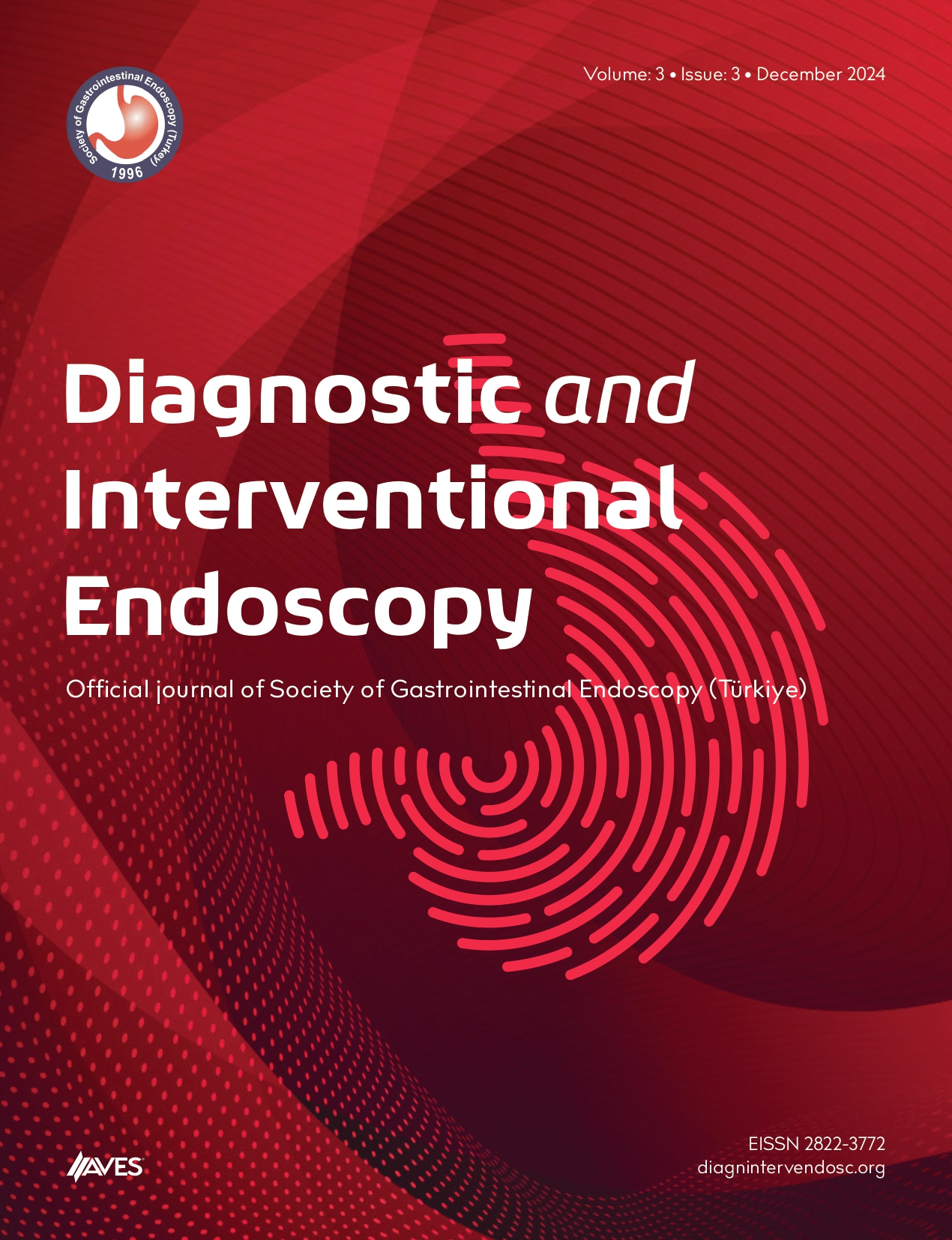Abstract: Gastric antral vascular ectasia (GAVE) syndrome is a rare but clinically significant cause of gastrointestinal bleeding. Gastric antral vascular ectasia syndrome may be asymptomatic or accompanied by a clinical picture of anemia or obvious gastrointestinal bleeding. Gastric antral vascular ectasia syndrome is diagnosed by a characteristic endoscopic picture presented by the so-called watermelon stomach with a typical localization of changes in the antrum. Argon plasma coagulation (APC) is a new method of contactless electrocoagulation. In this article, we present 2 cases of successful treatment of patients with GAVE syndrome using argonoplasmic coagulation. Both patients had a positive endoscopic response after 2 sessions of APC and a stable increase in hemoglobin levels. After 12 months of follow-up, the patients had no relapses. No serious complications were reported. Argon plasma coagulation is a safe and effective treatment for vascular malformations of the stomach. Even though the argon plasma complex is financially expensive, it takes a short period to master the technique of using the argon plasma complex in outpatient settings.
Cite this article as: Batyrbekov K, Galiakbarova A. Argon plasma coagulation as a type of endoscopic treatment of the gastric antral vascular ectasia syndrome. Diagn Interv Endosc. 2024;3(1):17-19.

.png)


.png)